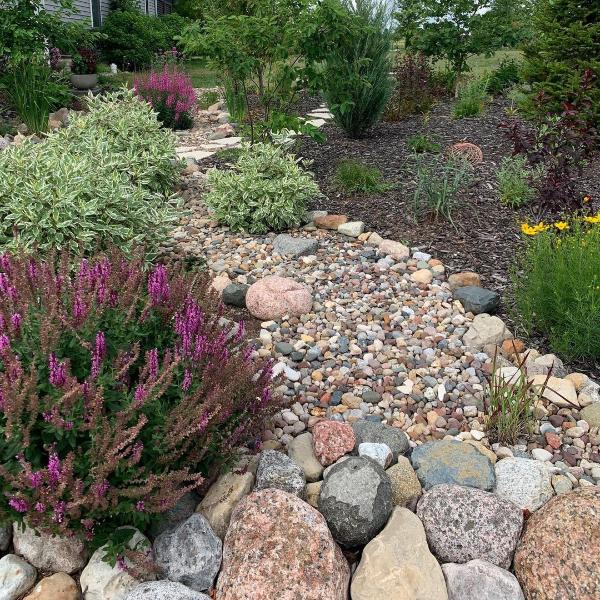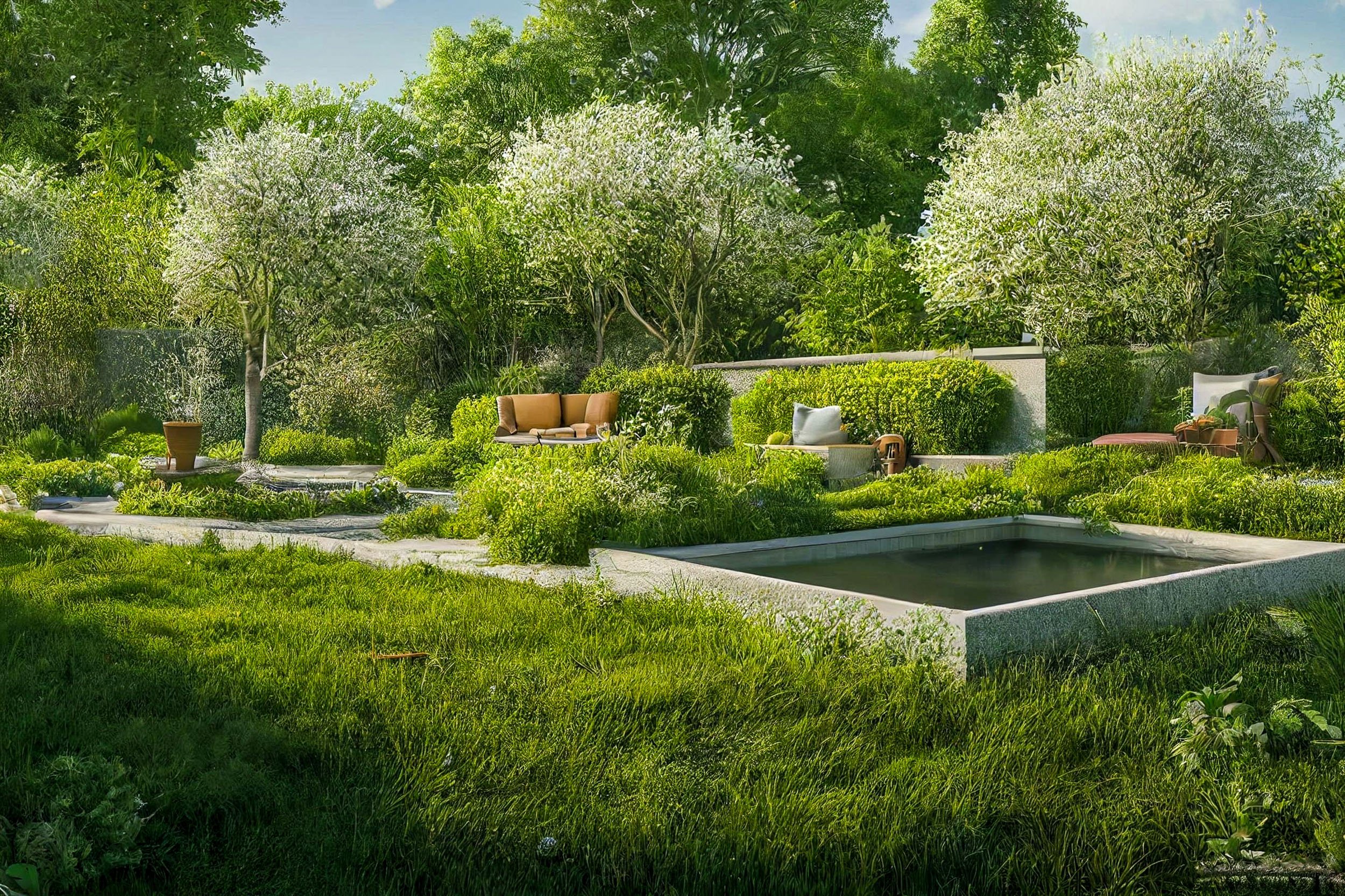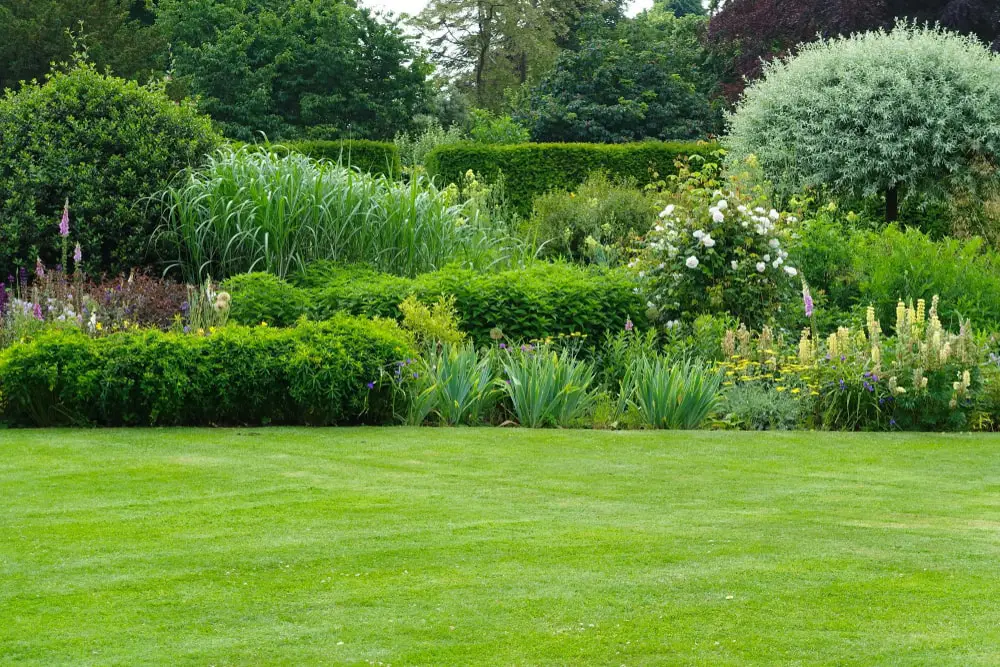The Main Principles Of Hilton Head Landscapes
Wiki Article
An Unbiased View of Hilton Head Landscapes
Table of ContentsThe Definitive Guide for Hilton Head LandscapesNot known Details About Hilton Head Landscapes The 9-Minute Rule for Hilton Head LandscapesThe Ultimate Guide To Hilton Head LandscapesSome Known Factual Statements About Hilton Head Landscapes Some Of Hilton Head LandscapesThe Best Strategy To Use For Hilton Head Landscapes
Line develops all types and patterns and can be used in a selection of methods in the landscape. Line in the landscape is created by the side in between two products, the outline or shape of a kind, or a long linear attribute. Lines are an effective device for the designer because they can be made use of to create an unlimited selection of shapes and forms, and they manage motion of the eye and the body.

Lines in the landscape. The homes of lines establish exactly how individuals respond to the landscape, both mentally and literally.
The Single Strategy To Use For Hilton Head Landscapes
Straight lines are frequently located in hardscape sides and product. Bent lines develop a casual, all-natural, unwinded character that is linked much more with nature and unbalanced balance. Bent lines relocate the eye at a slower pace and add mystery to the area by producing hidden views. Vertical lines relocate the eye up, making a room feel bigger.Vertical lines in the landscape include tall, narrow plant material, such as trees, or high frameworks, such as an arbor or a bird residence on a post. Horizontal lines relocate the eye along the ground aircraft and can make an area really feel bigger. Reduced lines are a lot more subdued and develop a sensation of rest or repose.
Hilton Head Landscapes Fundamentals Explained
Lines are also developed by the upright types of developed attributes and plant material. There are 3 primary line kinds that develop type in the landscape: bedlines, hardscape lines, and plant lines.Bedlines link plant material to your house and hardscape because the eye adheres to the line, relocating the look with the landscape. Hardscape lines are produced by the side of the hardscape, which delineates the developed framework. Line can additionally be developed by long and narrow products, such as a fencing or wall surface.
Hilton Head Landscapes Things To Know Before You Get This
Type is discovered in both hardscape and plants, and it is generally the leading visual component that spatially arranges the landscape and usually establishes the style of the garden. The type of structures, plant beds, and yard accessories additionally establishes the total type motif of the yard. Formal, geometric forms include circles, squares, and polygons.Plants create type in the garden with their details or silhouettes, however kind can also be defined by a void or negative room between plants - landscapers hilton head island (https://h1tnhdlndscps.creator-spring.com). Circles can be cycles, or they can be divided right into half circles or circle sectors and integrated with lines to create arcs and tangents
Facts About Hilton Head Landscapes Uncovered
Circles are a strong design kind since the eye is constantly drawn to the center, which can be used to emphasize a focal point or connect other forms. Round types in hardscape and grass panels.The square kind can additionally be segmented and secondhand repeatedly to produce a grid pattern. Unlike circles, squares are stronger on the edges, which can be lined up or overlapped to produce special patterns and even more intricate forms.
Meandering lines often resemble the natural training course of rivers or streams and can be called smooth lines with deeply curved undulations. Twisting lines (Figure 3) function well for pathways, plant bedlines, and dry stream beds. Twisting lines can add passion and enigma to a yard by leading audiences around edges to find brand-new views and rooms.
Getting The Hilton Head Landscapes To Work

Figure 5. Fragmented edges: stepping rocks in path. Kind is one of the most long-lasting high quality of a plant (landscape design hilton head). https://h1tnhdlndscps.start.page. Typical plant kinds are well established and standardized, as type is the most constant and well-known characteristic of plants. Type can additionally be produced through the massing of plants, where the total mass produces a various type than a specific plant.
An extremely different kind has to be used with careone or 2 work well as a prime focus, but a lot of develop disorder. Natural plant forms, as opposed to over-trimmed kinds, must develop the mass of the make-up. The relevance of general type is essentially reliant on the viewing perspectivethe form of a tree can appear rather various to a person standing under the canopy versus checking out the tree from a range in an open field.
A Biased View of Hilton Head Landscapes
Plant kinds additionally produce and define the void or open rooms between the plants, developing either convex or scooped types in the voids. High-arching tree branches normally produce a concave open space under the branches, and a rounded cover with reduced branches fills the space to produce a convex type in the open room check these guys out under the tree.
Report this wiki page